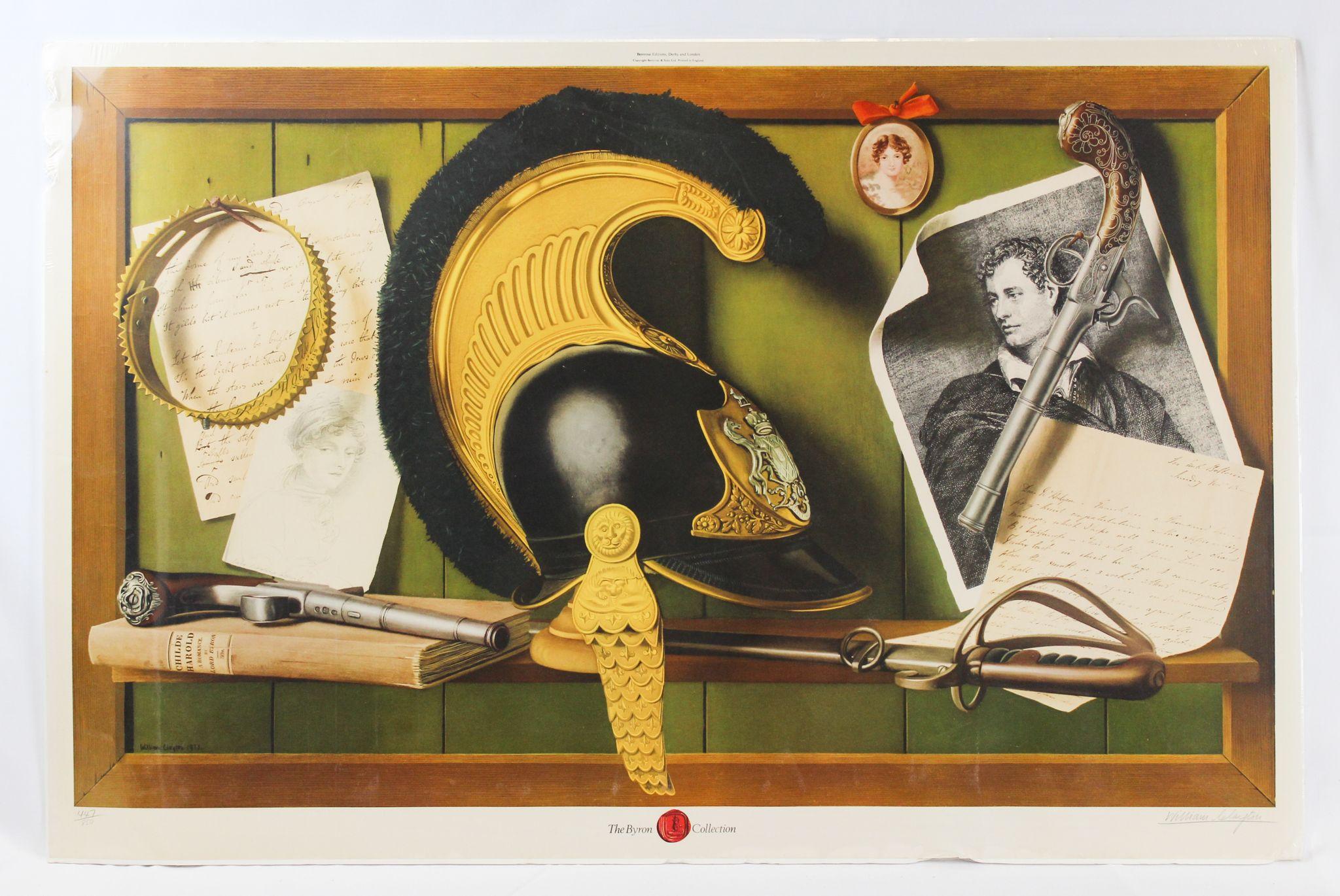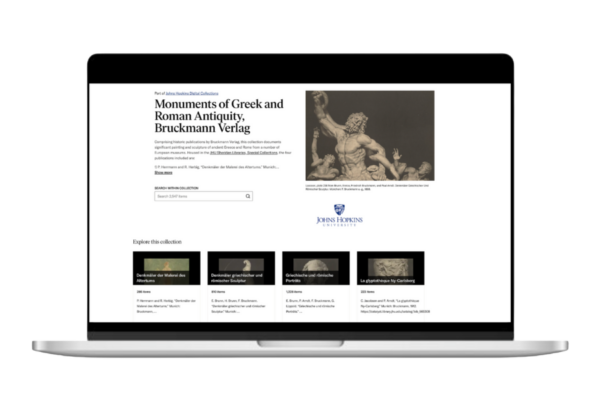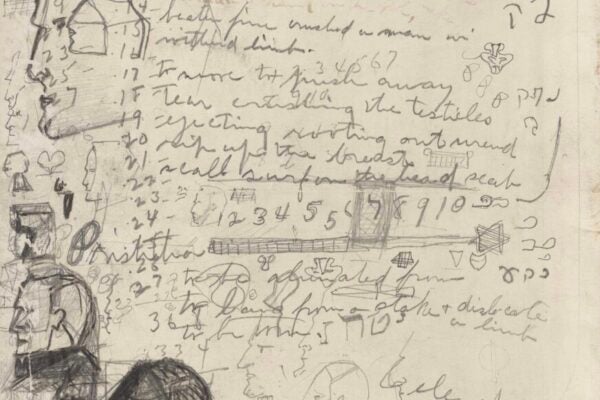Managing and sharing digitized special collections with JSTOR’s services is an opportunity to illuminate valuable scholarship and engage students in collection stewardship.
When scholars and students engage with archival materials, they are able to give texture to their research that might not otherwise be available to them. Certain obstacles, though, make it inconvenient and often outright impossible for researchers to access physical archives. Location, accessibility concerns, and even language barriers can deter researchers from finding the materials they need to dig deep into their research.
At Drew University, the Special Collections team has used JSTOR Digital Stewardship Services to organize, catalog, and share rare and fragile materials while making them accessible to a global audience on JSTOR. Under the leadership of Candace Reilly, Manager of Special Collections, Drew has successfully brought two major collections online: the unfinished monograph of Dr. Betty T. Bennett, a leading Mary Shelley scholar, and the broader Byron Society Collection, which contains realia related to the Romantic poet Lord Byron.
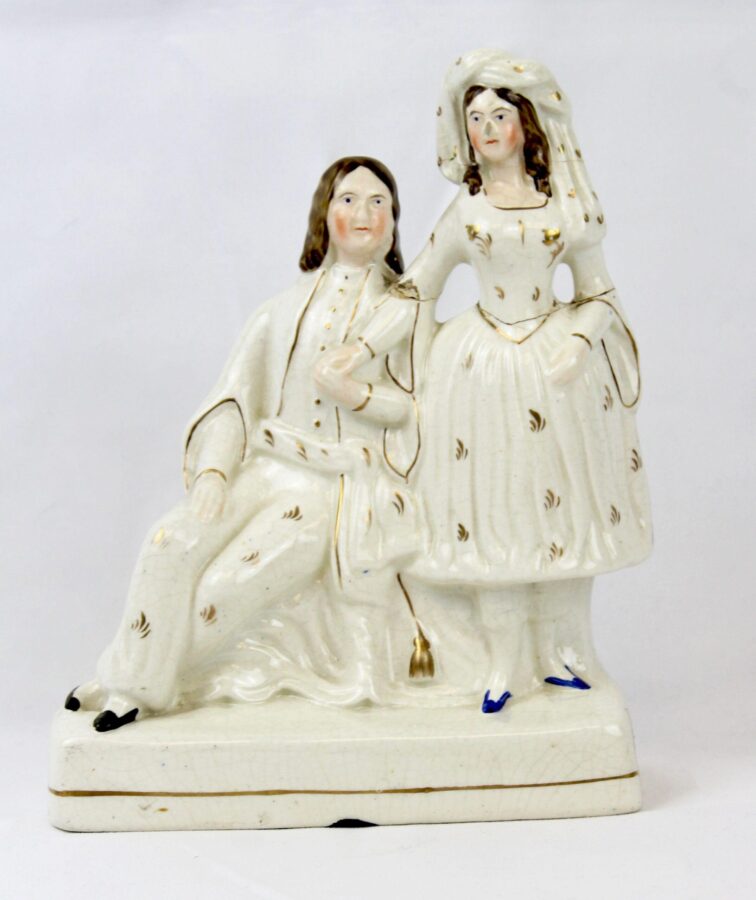
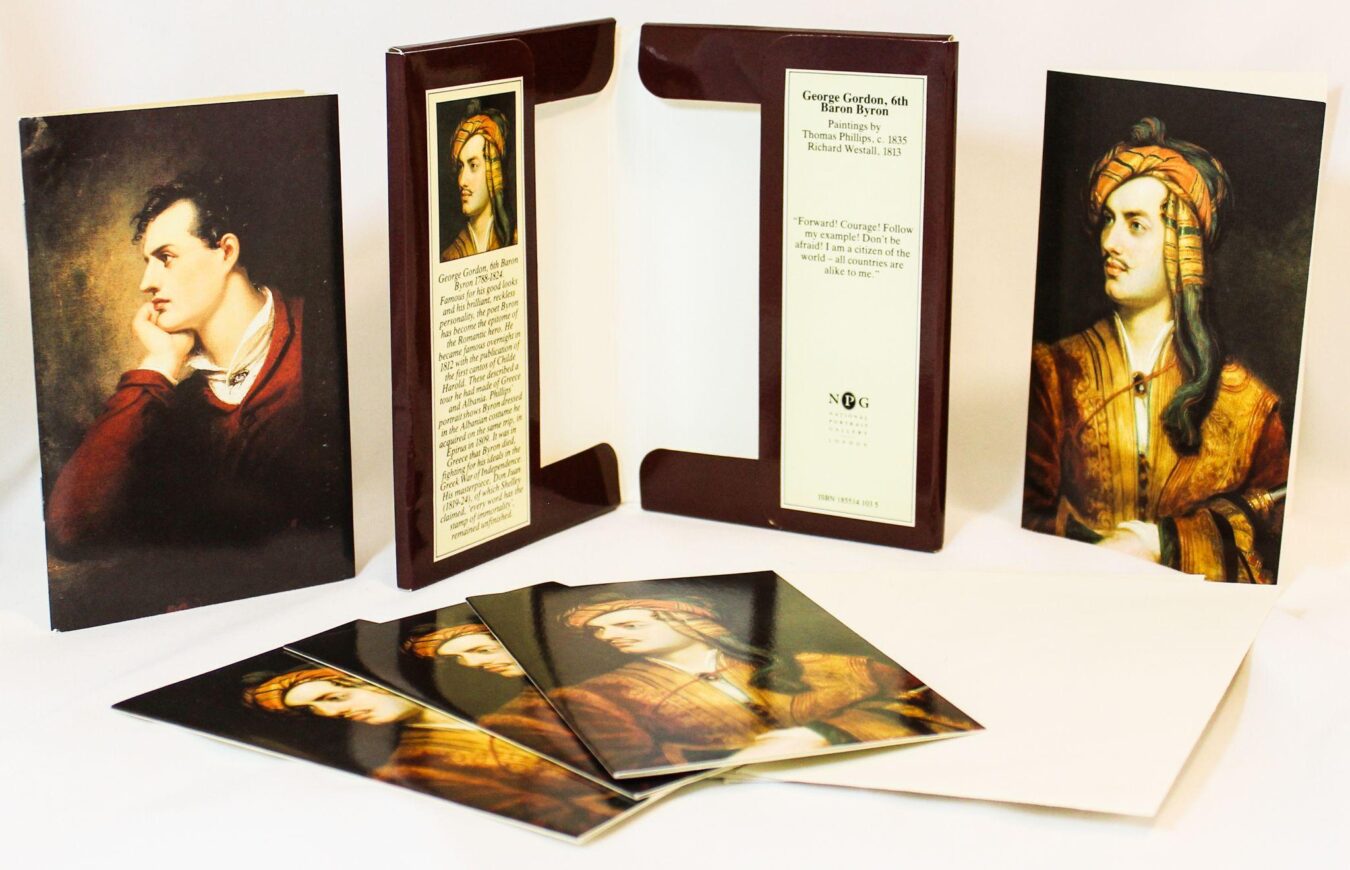
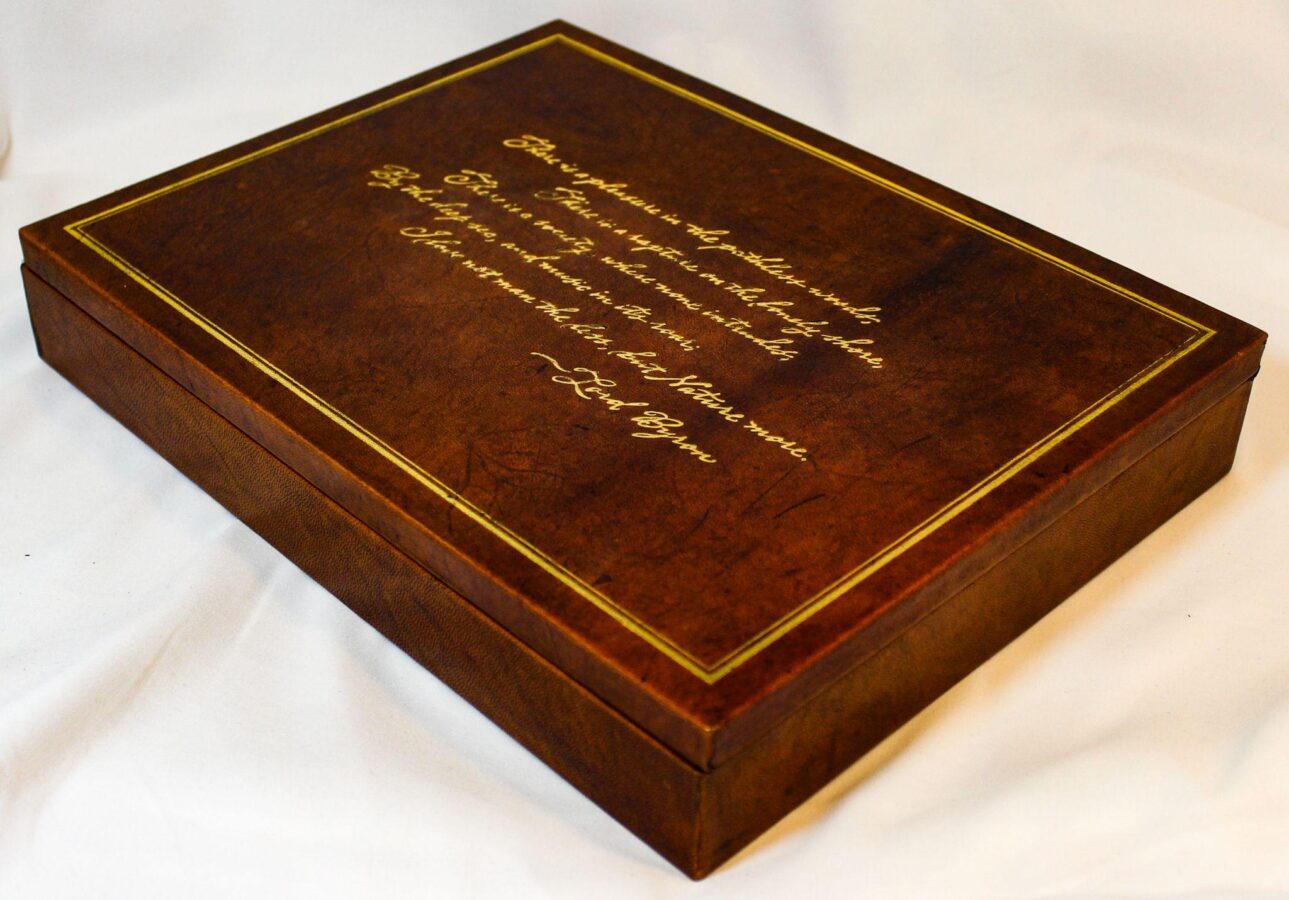
Now, Drew is expanding its use of Digital Stewardship Services into the classroom by incorporating digital collection management into a Civic Engagement course and a Museum Studies practicum. These projects offer the opportunity for students to gain hands-on experience with collection building, material tagging using controlled vocabularies, and contributing to a growing, widely accessible body of research.
Making materials digital and discoverable: Breathing new life into archival collections
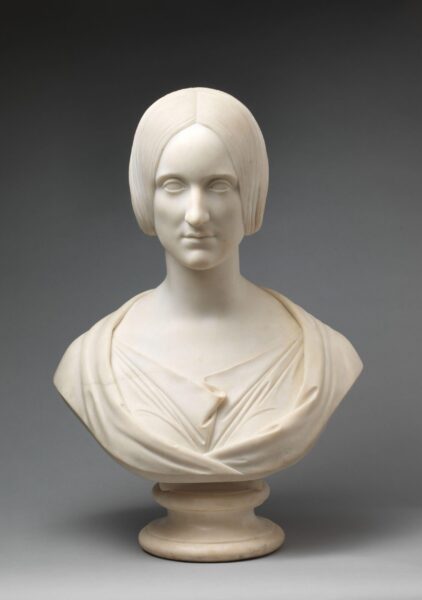
For Drew’s Special Collections team, preservation and accessibility go hand in hand. In 2024, the library launched an initiative to catalog and share two significant collections within the Byron Society Collection: Betty T. Bennett’s Mary Shelley Monograph and Byron Realia Collection. Both collections offer remarkable insights into Mary Shelley and Lord Byron, bringing together a rich array of materials that deepen our understanding of these literary figures and the Romantic period.
The Byron Society Collection was processed and made available using JSTOR Digital Stewardship Services in time for the two hundredth anniversary of Lord Byron’s death. This collection includes rare realia—portraits, busts, medals, plaques, drawings, and the Betty T. Bennett papers—presenting a unique challenge for digital organization. Candace Reilly explained: “At first, we had to figure out how to upload everything, because we had two collections related to the Byron Society. One was the Betty Bennett papers, which were scanned as PDF files, and the other was the realia collection of Lord Byron, which contained JPEGs, so they couldn’t live together in the same collection. But we thought that was fine—Betty Bennett deserved her own collection on JSTOR.”
Reilly’s team, working alongside student assistants and cataloguers, used Digital Stewardship Services to structure the materials and maintain clear connections between related artifacts. The result is a navigable digital collection that preserves the legacy of Byron and his contemporaries, and provides users with new ways to explore their lives and work.
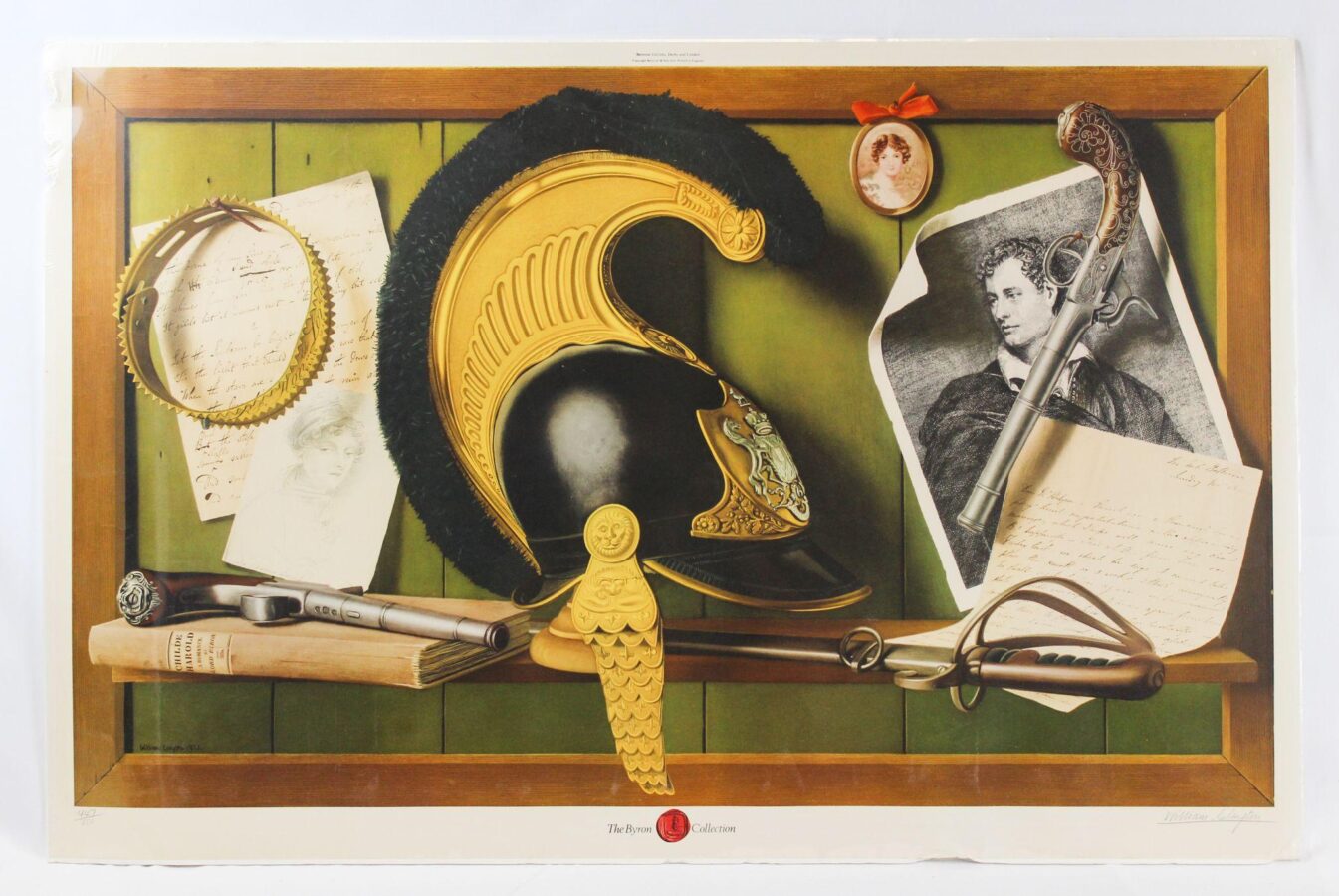
Dr. Betty T. Bennett (1935–2006) was a pioneering scholar of Mary Shelley, whose research helped illuminate Shelley’s contributions beyond Frankenstein. In a 1991 interview with The Washington Post, Bennett described her perspective: “The Mary Shelley I found was daring, intelligent and complex, beguiling. I wanted to reposition her. Frankenstein was so important to her age and ours, Mary Shelley became to me a metaphor for an age and an era, a way to understand our own.”
After Bennett’s passing, her unfinished literary biography of Shelley—along with extensive research notes—was entrusted to the Byron Society of America. With permission from Bennett’s son, Drew catalogued and published these materials through Digital Stewardship Services, ensuring their accessibility to scholars and students worldwide. Reilly saw the project as a way to breathe new life into unfinished scholarship. “To me, it was kind of giving her work a second life, which is very Frankenstein, very Shelley,” Reilly reflected.
By making these research materials available, Digital Stewardship Services has created an opportunity for future scholars to engage with Bennett’s work, build upon it, and continue the research she began. As a testament to the power of digital discoverability and the reach of JSTOR, the papers were featured in Fine Books & Collections Magazine in 2024.
Expanding student engagement with JSTOR Digital Stewardship Services in the classroom
With the success of these digital collection initiatives, Drew University is now using Digital Stewardship Services to integrate archival work into the classroom. Two upcoming projects–a civic engagement course and a museum studies practicum–will provide students with hands-on learning experiences in digital collection management.
In the civic engagement course, students will use Digital Stewardship Services to build a collection sourced from The Drew Acorn, the university’s student newspaper. They will explore how issues like immigration, gender equality, climate change, and accessibility have been covered over time, curating a digital collection that serves as both a historical record and a foundation for future research. Reilly considers JSTOR an essential space for bridging historical research and contemporary student engagement. She explained, “We think JSTOR is a good home for that, and that they can build on the collections over the years [with Digital Stewardship Services], which is nice.”
By allowing students to actively contribute to a growing collection, the course ensures that their work will continue to inform future projects and discussions.
Meanwhile, the museum studies practicum will train students in digitization and digital collection management. Over the semester, students will work closely with Drew’s special collections team, learning how to scan historical materials, and then upload, catalog, and share them using Digital Stewardship Services. The practicum is designed to prepare students for careers in institutions such as libraries and museums, highlighting the real-world applications in this form of academic study.

One key focus of the practicum is the 19th-Century Pamphlet Collection, a fragile set of materials requiring careful handling. Many of these pamphlets are deteriorating due to the high acidity of their paper, making digitization an urgent priority to ensure access without endangering the materials. As Reilly noted, “The paper of the 19th-century pamphlet collection is extremely acidic, so it’s in really bad shape in comparison to, let’s say, books from the 15th century, which are a much heartier stock. So we’re trying to get those scanned and out there so that there’s less touching of the material, but then also that the scans are available.”
Providing digital access to these pamphlets through Digital Stewardship Services is allowing students to help preserve rare historical documents and make them more accessible to researchers worldwide.
The future of Digital Stewardship Services at Drew
Drew University’s success with Digital Stewardship Services has opened the door for more digital initiatives. Looking forward, Reilly hopes to develop curated thematic collections—essentially mini-exhibits—that showcase materials connected by historical or literary themes. As the team expands these efforts, organization and workflow efficiency remain crucial. “Keep your files organized from the start,” Reilly advised. “When you first start to make a collection, download that spreadsheet, because it makes it a lot easier… than creating blank records over time.”
Beyond collection management, Digital Stewardship Services has become a key tool for student learning. Through its integration into coursework like the civic engagement and museum studies programs, students are familiarizing themselves with digital curation, metadata creation, and archival management. “Professors are excited that the students are then going to be learning how to use Digital Stewardship Services, or that their work will then be presented on JSTOR,” Reilly shared. “They think that it’s a good skill. We agree with everyone who’s proposed it, and the professors are excited, and we know the students are then happy… to learn these skills that can be used in the real world.”

Professors are excited that the students are… going to be learning how to use Digital Stewardship Services, or that their work will then be presented on JSTOR. They think that it’s a good skill. We agree with everyone who’s proposed it, and the professors are excited, and we know the students are then happy… to learn these skills that can be used in the real world.
At the heart of Drew’s work is a commitment to making scholarship more accessible and engaging, both for students on campus and for the broader academic community. Digital Stewardship Services has proven to be a key tool in this effort, transforming archival materials into dynamic resources for research, teaching, and discovery.
Your collections, preserved and shared
Drew University’s success with JSTOR Digital Stewardship Services highlights how libraries can build, catalog, and share their collections in a globally accessible way.
JSTOR’s Digital Stewardship Services is a seamless, cloud-hosted solution to preserve, manage, and share collections efficiently. Developed by a mission-driven nonprofit in collaboration with librarians and archivists, these services integrate digital asset management, AI-assisted metadata generation, long-term preservation, and paths for increased discovery including sharing on JSTOR.

Maximize the impact of your digital collections
Join 300+ institutions partnering with JSTOR to process, manage, preserve, and share their collections with the world.
